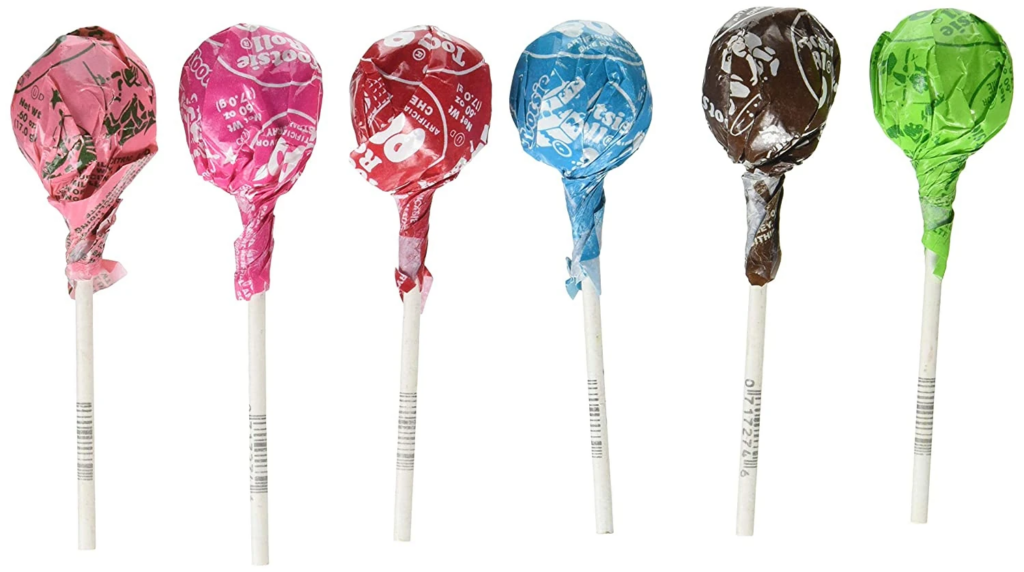
In a lab somewhere, researchers are trying to answer a question stoners have debated for decades: Does two puffs equal a bong hit? Or, in scientific terms, can cannabis dosing finally get standardized?
A team of researchers at the University of Colorado Boulder has launched a study aimed at making sense of cannabis consumption. Unlike alcohol, where a standard drink is defined by ethanol content, cannabis remains a murky mystery of THC percentages, delivery methods, and wildly inconsistent user experiences. Two edibles might have the same THC content but leave one person functional and another watching cat videos for eight hours.
The new research project, called the Cannabis Administration, Safety and Health (CASH) study, is backed by the National Institute on Drug Abuse. Its goal is to bring clarity to cannabis dosing by testing how different delivery methods—smoking, vaping, edibles—actually affect users. Volunteers will toke up in a controlled environment while researchers measure everything from impairment and cognitive performance to heart rate and subjective experience.
Why does this matter? Because cannabis legalization is outpacing the science. Doctors, lawmakers, and users are all navigating a haze of assumptions. For medical patients especially, figuring out the difference between therapeutic and send-me-to-the-moon is more art than science.
In the end, researchers hope to create something like a “standard cannabis unit”—think of it as the weed world’s version of one shot of vodka. It could help users dose more responsibly, and help health professionals give better advice without sounding like your aunt who once had a bad brownie in 1976.
So, no, the study won’t settle every smoke circle argument. But it might finally give us an answer better than “it depends.”
Dabbin-Dad Newsroom


